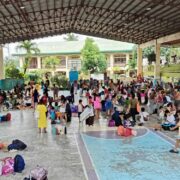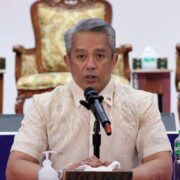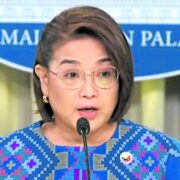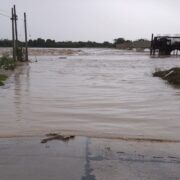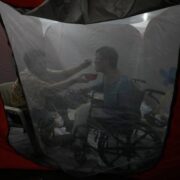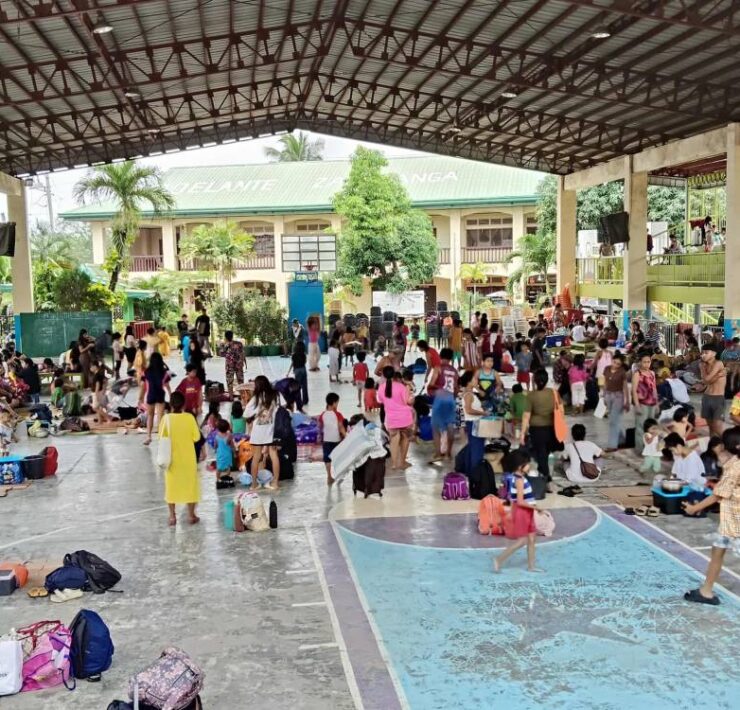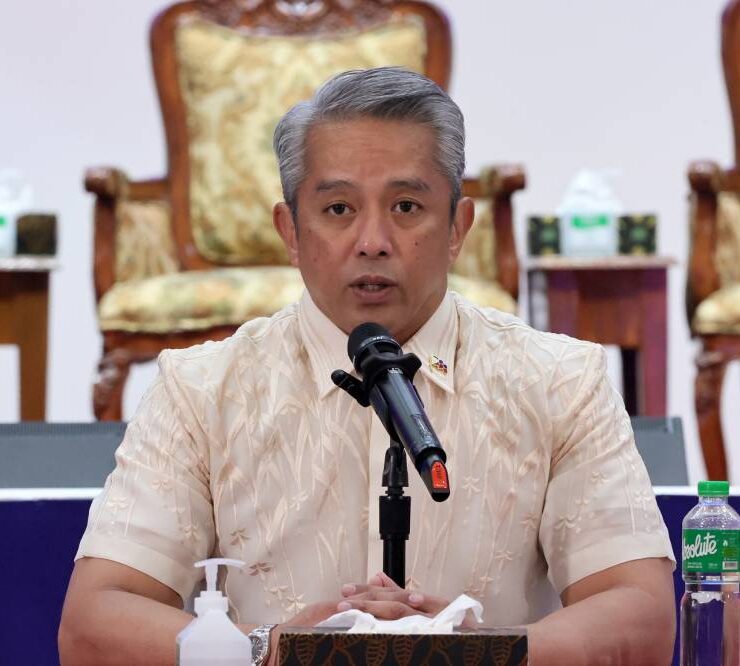DBM OKs P1.7-B calamity fund for key agencies
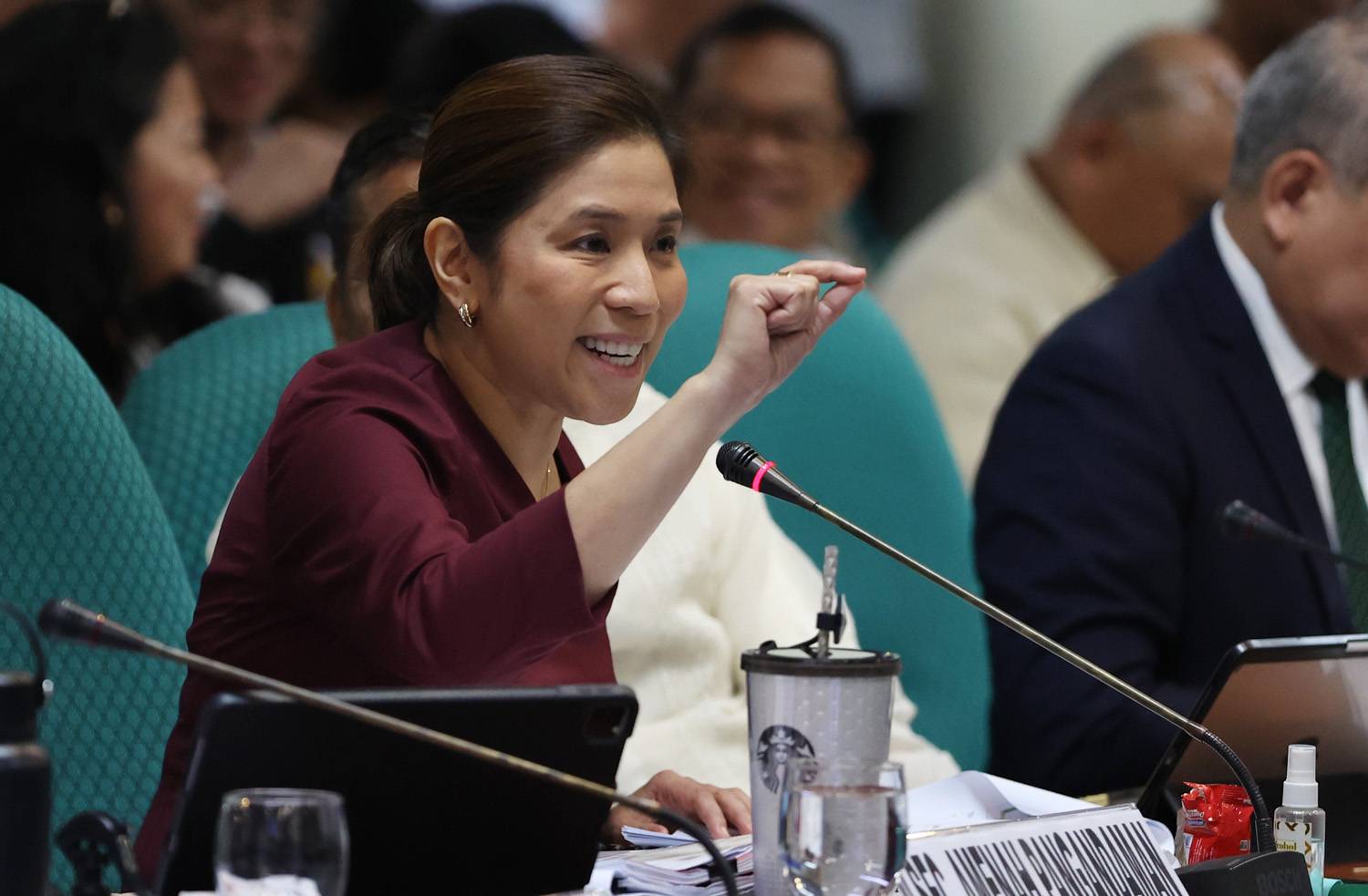
The Department of Budget and Management (DBM) has approved a P1.684-billion replenishment of the government’s quick response funds (QRFs) amid the onslaught of recent earthquakes and Typhoon “Tino” (international name: Kalmaegi) and Supertyphoon “Uwan” (Fung-wong)
In a statement on Monday, the DBM said it allocated P1 billion to the Department of Agriculture (DA), P631.032 million to the Department of Social Welfare and Development (DSWD), and P53.007 million to the Philippine Coast Guard (PCG).
The government sets aside money for the QRF in the annual national budget and allocates these to critical agencies as a standby fund to be used primarily for the rehabilitation and recovery of areas affected by calamities and other national emergencies.
Concerned agencies may request replenishment from the DBM when the balance of their QRF has reached 50 percent.
Allocations
According to Budget Secretary Amenah Pangandaman, the bulk of the latest release will go to the agriculture sector as farmers and fisherfolk were among the hardest hit by the latest disasters.
“Of the total amount, P1 billion has been released to the DA to strengthen its recovery and rehabilitation programs in regions affected by African swine fever and the recent tropical cyclones,” the DBM said.
Meanwhile, the P631.032 QRF of the DSWD will be routed to the procurement of family food packs and nonfood items, stockpiling of relief goods, and emergency cash transfers to 58,962 families affected by earthquakes and storms across several provinces.
It will also be used to fund DSWD regional offices’ warehouse rentals, administrative costs, and stand-by funds.
The PCG, meanwhile, will spend its allocated funds to amp up its relief, rehabilitation, and search-and-rescue operations in areas hit by the calamities.
Casualties from Tino, Uwan
As of Nov. 8, the Office of Civil Defense said Tino left at least 204 people dead, 109 missing, and 156 injured across the Visayas and parts of Mindanao.
Cebu, already reeling from last month’s magnitude 6.9 earthquake, was hardest hit.
Eight deaths due to Uwan were reported as of Monday, according to the National Disaster Risk Reduction and Management Council (NDRRMC) and other agencies.
Figures on the damage to agriculture and infrastructure have yet to be released.
Early last October, the DBM also approved the release of P1.625 billion to replenish the QRFs of the DSWD and the Department of Public Works and Highways (DPWH).
The release was in line with President Marcos’ directive to speed up relief and recovery efforts for calamity victims.
The DSWD received P625 million to fund the prepositioning of relief items in the agency’s warehouses and the provision of emergency cash transfer for disaster-affected families in areas declared under a state of calamity.
The DPWH, meanwhile, got P1 billion to cover the third replenishment of its QRF for its reconstruction and rehabilitation programs, activities and projects, including the prepositioning of goods and equipment in communities or areas stricken by natural disasters.
‘Standby funds’
Pangandaman said the President wants all government agencies to act swiftly in providing immediate assistance to calamity victims, especially those affected by the deadly magnitude 6.9 earthquake that hit Bogo City in Cebu and nearby areas on Sept. 30.
“This is a whole-of-government approach—from the release of funds, to the delivery of emergency services, and the conduct of ground zero assessment,” she noted. “Our government is prepared. We have standby funds that can be tapped immediately to deliver assistance to those affected. In moments like this, government aid must never be delayed.”
Early last month, the DBM also approved the release of P716.15 million to the DSWD’s QRF.
The replenishment supported the stockpiling of family food packs and nonfood items for 424,681 families as well as the distribution of emergency cash aid to 41,502 families affected by Tropical Storm
“Mirasol” (Mitag), Supertyphoon “Nando” (Ragasa), and Typhoon “Opong” (Bualoi) in Bicol, Mimaropa (Mindoro, Marinduque, Romblon and Palawan), and Cagayan Valley.
Part of the fund also covered transport and logistics, standby regional allocations, and other operational support to hasten the delivery of aid and services.
The amount was charged to the NDRRMC’s fund under the 2025 national budget.
As of Oct. 2, the NDRRMC still has P5.3 billion in available funds that can be used for rehabilitation efforts and the repair of infrastructure damaged by the earthquake.



